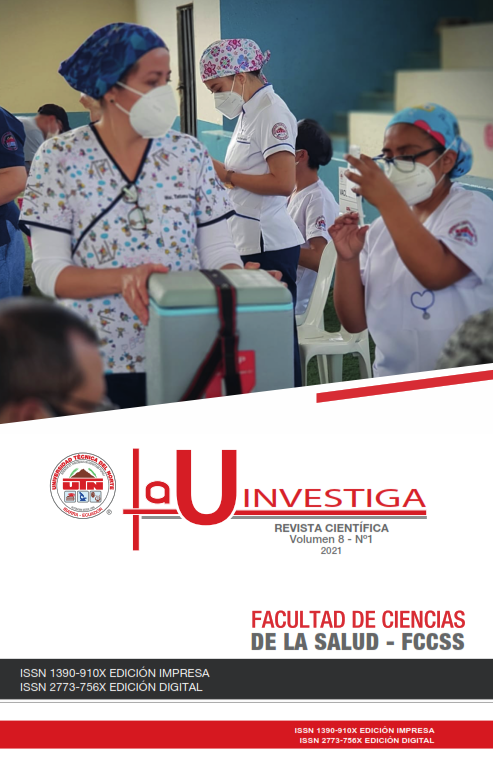Development of alternative and viable culture media for the microbial growth of Bacillus Subtilis
Development of alternative and viable culture media for the microbial growth of Bacillus Subtilis
DOI:
https://doi.org/10.53358/lauinvestiga.v8i1.472Keywords:
Bacillus subtilis, COVID, culture medium, viability, bacteriaAbstract
Culture media are made up of: a carbon source is usually simple sugars such as glucose or lactose. The objective of this research was to develop alternative and viable culture media for the microbial growth of Bacillus subtilis, useful in laboratory practices. It was started from the description of the main culture media used within the laboratory, household inputs such as panela, sugar, low-cost honey were identified to replace commercial inputs. The experimental design was carried out with the variables of carbon sources and brix degrees, maintaining a similar structure to commercial culture media. Once its elaboration was executed, the viability of the culture media was determined, using a bacterium under controlled conditions within the laboratory, through the inoculation of Bacillus subtilis in a dilution of 105, incubating at 25 ° C for 24 and 48 hours. As a result, it was obtained that the best carbon source was refined sugar and brown sugar, which show better results in the growth of microorganisms, since the cost of the other materials considerably exceeds the value accessible to students. The ANOVA resulted with a p-value less than 0.05, which means that there are no statistically significant differences between the treatments and the control that was the commercial culture medium. It was possible to develop a culture medium for bacteria, with homemade materials, proving to be viable and inexpensive.
Downloads
References
2. Tortora C. Introducción a la microbiología. 11a ed. España: Panamericana. 2015.
3. Romero R. Microbiología y parasitología humana. 5a ed. España: Panamericana. 2015.
4. Atiman B. Diseño de un medio de cultivo económico y alternativo para la producción de substancias bactericidas e inhibitorias. Chile: Universidad Austral de Chile. 2012.
5. Brantes P. Diseño de un Medio de Cultivo Alternativo para la Cepa Láctica BAL-C Productora de una Sustancia Tipo Bacteriocina (STB) Inhibitoria de Listeria monocytogenes. Chile: Universidad Austral de Chile. 2011.
6. Casado C, Torrico G. Medios de cultivo en un laboratorio de microbiología. México: Universidad Autónoma de México. 2012.
7. Daymara I, Flores V. Propuesta de medio de cultivo para el estudio de Phytophthora Nicotianae Breda de Haan. Rev Ciencia y Tecnología. 2013; 3 (15): 33-36.
Published
How to Cite
Issue
Section
License
Copyright (c) 2021 Geovanny Rodríguez, Alejandra Gómez, Jorge Anaya, Claudia Velásquez , Adriana Miniet

This work is licensed under a Creative Commons Attribution-NonCommercial 4.0 International License.
The authors retain the copyright and guarantee the journal the right to be the first publication of the work as well as licensed under a Creative Commons Attribution-NonCommercial-ShareAlike 4.0 International License that allows others to share the work with an acknowledgment of the authorship of the work and the initial publication in this magazine. Authors may separately establish additional agreements for the non-exclusive distribution of the version of the work published in the journal (for example, placing it in an institutional repository or publishing it in a book), with an acknowledgment of its initial publication in this journal.

La U Investiga by La U Investiga is licensed under a Creative Commons Reconocimiento-NoComercial-CompartirIgual 4.0 Internacional License.You can find permissions beyond those granted with this license athttp://revistasojs.utn.edu.ec/index.php/lauinvestiga/index





